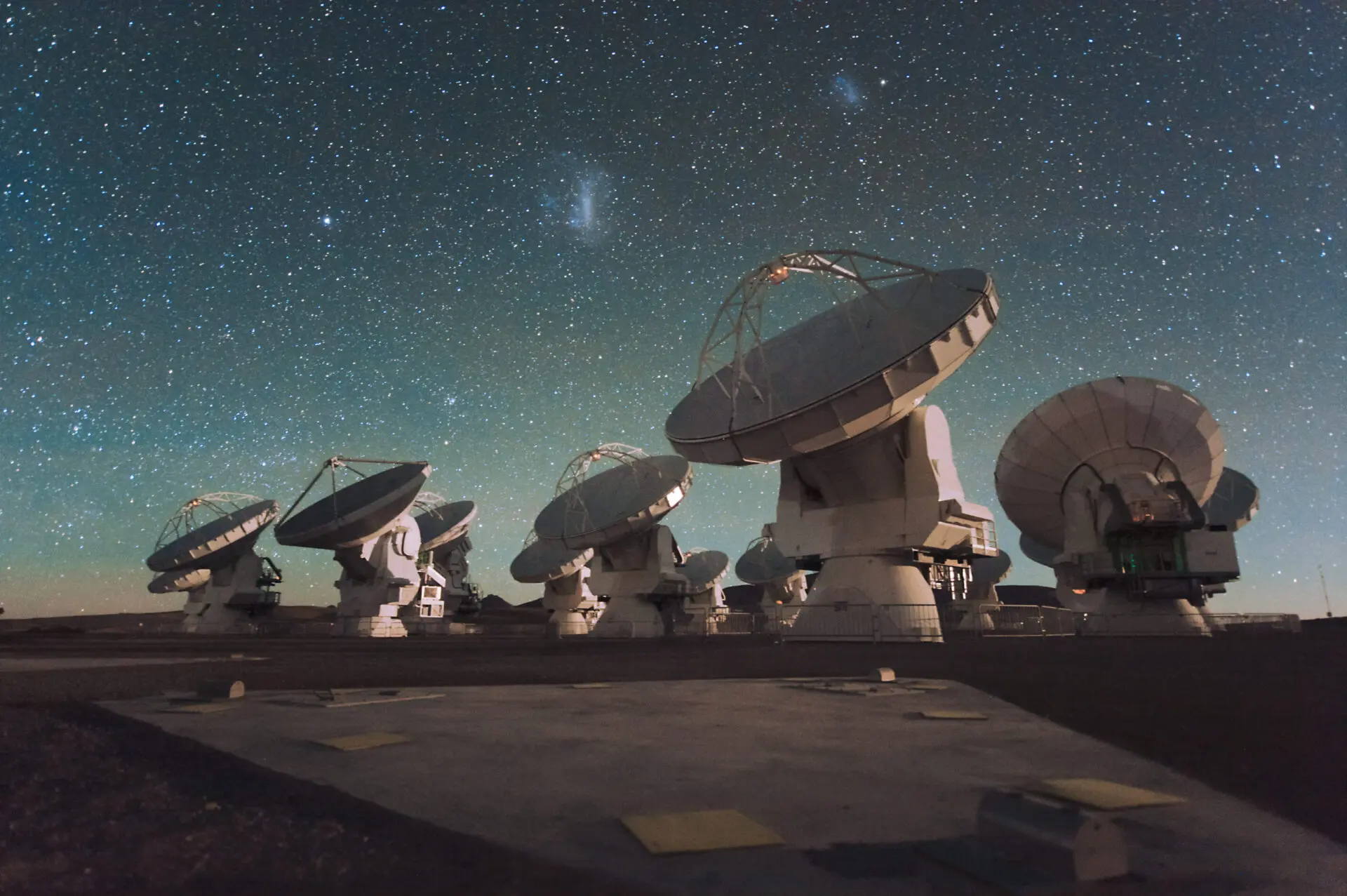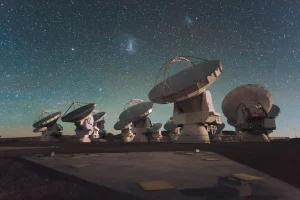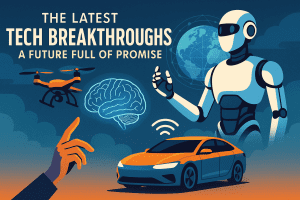There are recent thrilling advancements in astronomy that remind us of the boundless potential of human curiosity and innovation. One of the most exciting discoveries comes from the James Webb Space Telescope (JWST), which has unveiled the largest sample of galaxy groups ever detected, some over 12 billion light-years away. This unprecedented data from the COSMOS Web field is helping astronomers map the early universe with stunning clarity, shedding light on how galaxies formed and evolved across cosmic time . Each new observation peels back another layer of the universe’s grand story, offering hope that we may soon solve long-standing mysteries about dark matter and the origins of cosmic structure.
Meanwhile, researchers using the Atacama Large Millimeter/submillimeter Array (ALMA) have identified an explosive outflow in the star-forming region G34.26+0.15, a dynamic process that could reshape our understanding of stellar birth. These outflows, driven by young stars, play a crucial role in dispersing gas and regulating star formation, influencing the evolution of entire galaxies . Such discoveries not only deepen our grasp of astrophysics but also inspire optimism about uncovering the forces that sculpt the universe.
On the technological front, the Rubin Observatory in Chile—equipped with the world’s largest digital camera—has begun its mission to create a “motion picture” of the southern sky. This ambitious project will track celestial movements with unparalleled precision, hunting for clues about dark energy, near-Earth asteroids, and the Milky Way’s history . The observatory’s work, named in honor of Vera Rubin, symbolizes a new era of exploration where cutting-edge tools empower scientists to tackle astronomy’s greatest puzzles.
Closer to home, citizen scientists continue to play a vital role in discovery. Projects like Aurorasaurus and Spritacular harness public enthusiasm to document rare atmospheric phenomena, from auroras to elusive “sprite” lightning high above storms . These collaborations highlight how anyone, anywhere, can contribute to science—a hopeful reminder that the cosmos belongs to us all.
As we look ahead, today’s breakthroughs remind us that every observation, every dataset, and every curious mind brings us closer to understanding our place in the universe. Whether through giant telescopes or backyard stargazing, the journey of discovery is just beginning, and the future of astronomy has never looked brighter.




